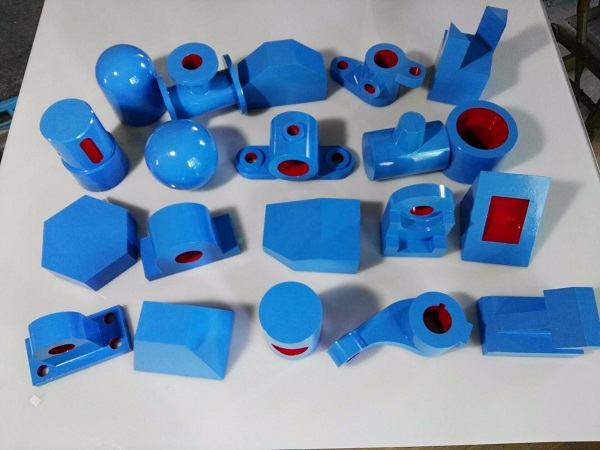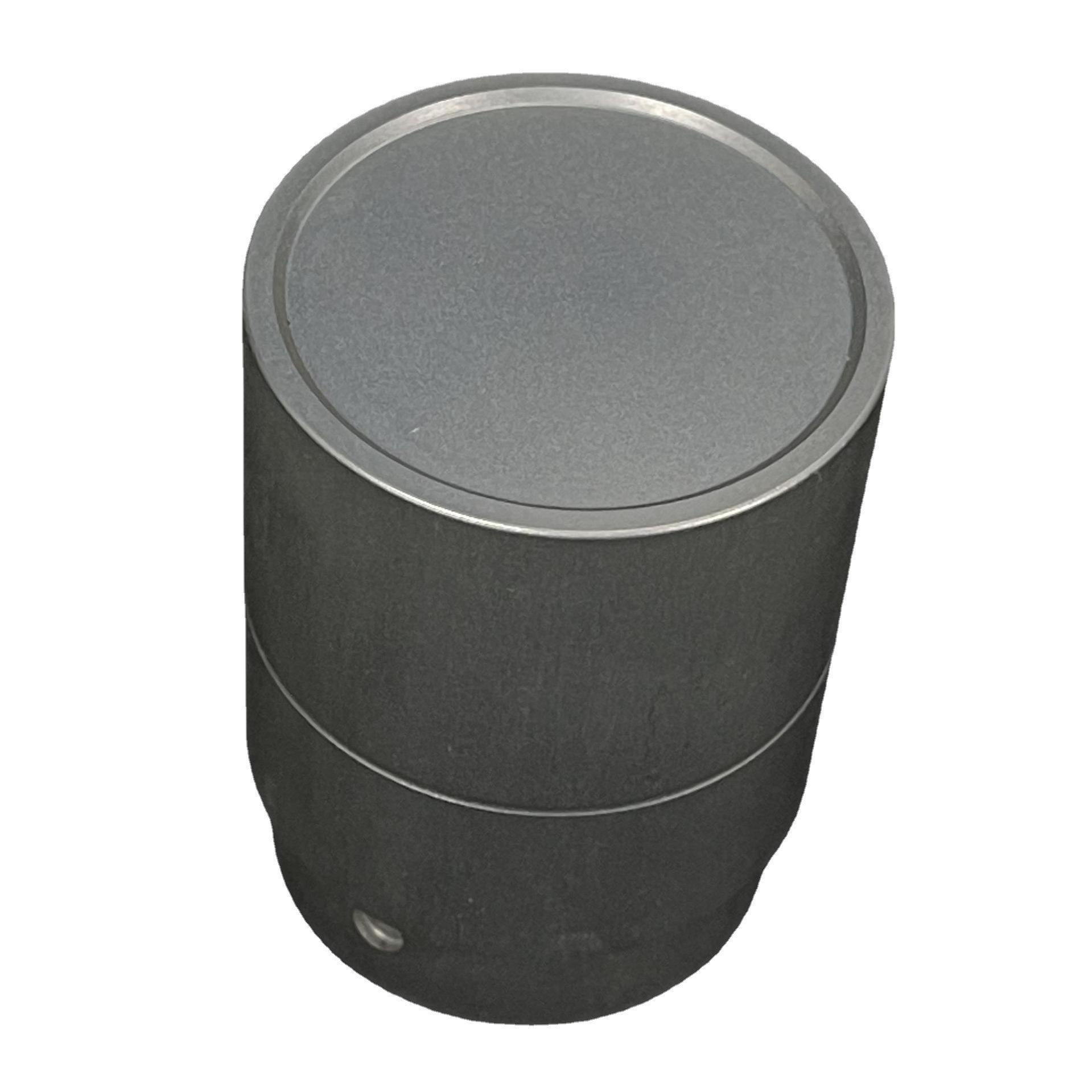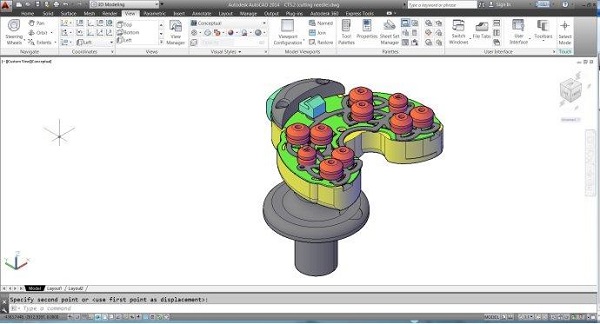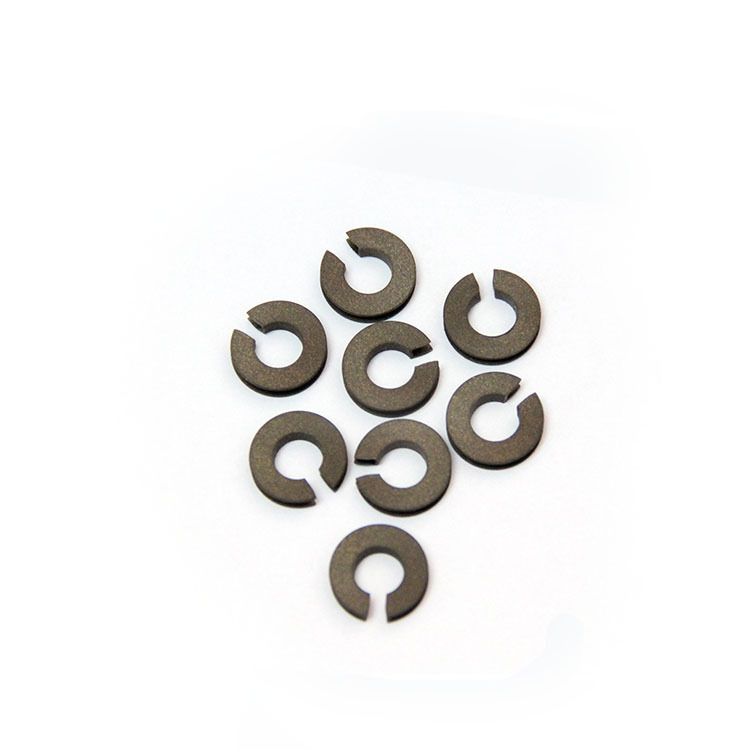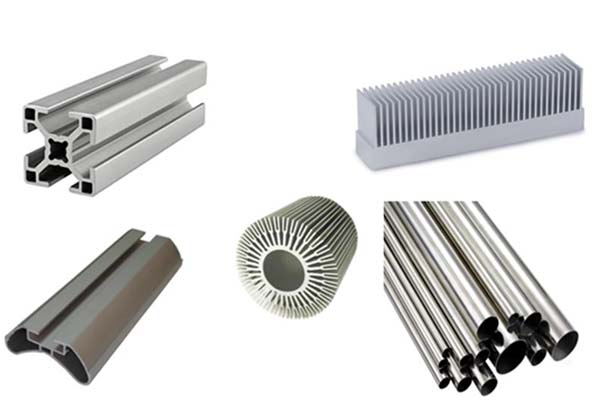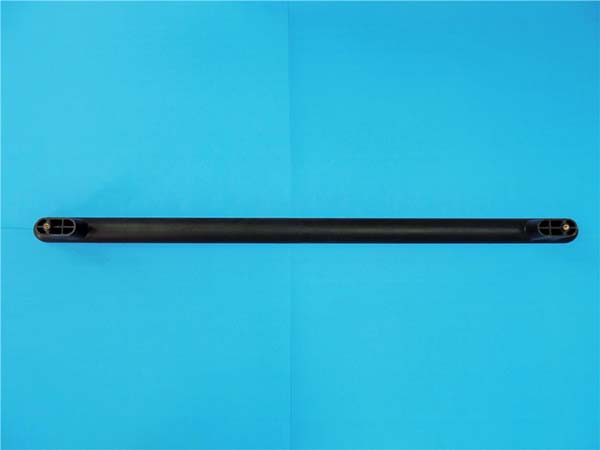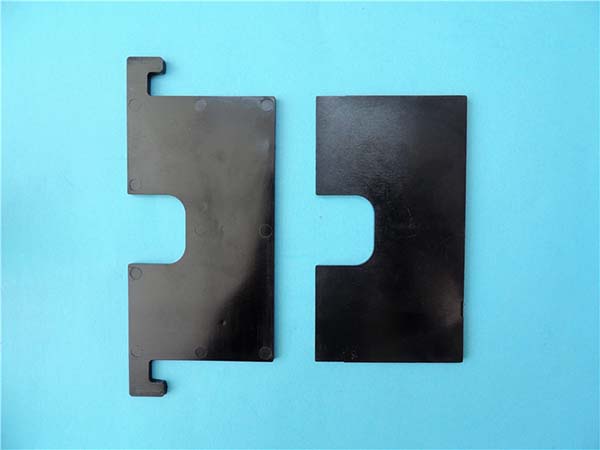You’ve invested in carbon fiber reinforced filaments—either nylon or PLA—hoping to print parts that are stronger, stiffer, and lighter than pure plastic. But your prints aren’t delivering: the part is brittle and snaps under moderate stress, has rough surfaces with exposed fibers, or warps so badly it’s unusable. Maybe the tensile strength is barely better than pure nylon or PLA, or the print is heavier than expected, defeating the purpose of using carbon fiber. Worse, your “high-performance” prototype wears down quickly, with fibers fraying at the edges after minimal use.
Carbon fiber reinforced nylon and PLA bridge the gap between affordable 3D printing and high-performance parts. These composite filaments combine the ease of FDM printing with the strength of carbon fiber, but their unique material composition—from fiber content to matrix bonding—demands specific 3D printing processes. Success means understanding how to optimize fiber alignment, avoid brittleness, and leverage their performance and properties for applications where strength and weight matter. In this guide, we’ll unlock the potential of 3D printing carbon fiber reinforced nylon and PLA, helping you create parts that are strong, lightweight, and ready for real-world use.
Material Composition: The Blend of Strength and Printability
Carbon fiber reinforced nylon and PLA owe their performance to their material composition—a careful mix of carbon fibers and polymer matrices that balance strength, printability, and cost:
- Fibers and matrices: At their core, these composites pair carbon fibers (thin, strong filaments) with a matrix polymer—either nylon (polyamide) or PLA (polylactic acid). Nylon matrices offer better impact resistance and temperature tolerance, while PLA matrices are more affordable and eco-friendly (made from renewable resources). The carbon fiber content typically ranges from 10-30% by weight: too little (below 10%) adds minimal strength, while too much (above 30%) makes the filament brittle and hard to print. Fiber length is another key factor—short fibers (0.1-1 mm) disperse evenly in the matrix, while longer fibers (1-5 mm) boost strength but can clog nozzles if not mixed properly.
- Mechanical and thermal traits: Carbon fiber reinforced nylon delivers a tensile strength of 60-100 MPa (2-3x that of pure nylon) and a flexural modulus (stiffness) of 3-5 GPa, with good thermal stability (withstanding 100-150°C). PLA-based composites offer slightly lower strength (50-80 MPa tensile) and stiffness (2-4 GPa) but are easier to print, with a lower melting point (190-210°C vs. nylon’s 240-260°C). Both materials benefit from fiber orientation—fibers aligned along a stress direction (like the length of a beam) can increase strength by 30-50% compared to random orientation.
- Key differences: Nylon-based composites excel in toughness and chemical resistance, making them suitable for parts exposed to oils or solvents. PLA-based composites, while stiffer, are more brittle and sensitive to moisture and heat (softening above 60°C), limiting them to indoor, low-temperature applications. Hybrid materials (e.g., carbon fiber with glass fiber) are also available, balancing strength and impact resistance, but they’re less common than pure carbon fiber blends.
3D Printing Processes: Optimizing for Carbon Fiber
3D printing carbon fiber reinforced nylon and PLA uses FDM/ Material Extrusion but requires adjustments to handle the abrasive nature of carbon fibers and maximize strength:
- Printer setup and parameters: Start with a hardened steel nozzle (0.4-0.6 mm diameter) to resist wear from carbon fibers—brass nozzles will erode quickly, causing inconsistent prints. For nylon-based composites, set nozzle temperature to 240-260°C and bed temperature to 70-90°C (with a heated enclosure if possible to prevent warping). PLA-based composites print at 190-210°C (nozzle) and 50-60°C (bed), with less need for enclosure heating. Print speed should be slower than with pure polymers (30-60 mm/s) to ensure proper layer adhesion, and layer height of 0.1-0.2 mm balances strength and print time.
- Slicing and orientation: Slicing software with composite profiles (like Cura’s “carbon fiber” settings) helps optimize infill density (80-100% for structural parts) and pattern (rectilinear or gyroid along stress lines). Print orientation is critical—align the part’s longest axis with the print bed to maximize fiber alignment along that direction, boosting strength. For example, printing a bracket vertically (with layers stacked horizontally) weakens it, while printing horizontally (layers stacked vertically) aligns fibers with the bracket’s load-bearing direction. Support structures should be minimal (to reduce post-processing) but sturdy enough to prevent sagging—use a soluble support material (like PVA) for complex geometries, as removing traditional supports can damage fragile composite parts.
- Filament handling: Carbon fiber reinforced filaments absorb moisture, especially nylon-based ones, which causes popping and porosity during printing. Store filaments in a dry box with desiccant, and dry nylon composites at 80-100°C for 4-6 hours before use (PLA composites need less drying: 40-60°C for 2-4 hours). Ensure filament diameter is consistent (1.75 mm or 2.85 mm) to avoid under- or over-extrusion, which weakens layers.
Applications: Where Carbon Fiber Reinforced Nylon/PLA Shine
These composites excel in applications that demand a balance of strength, weight, and affordability—leveraging their properties to outperform pure plastics:
- Industrial and automotive: Industrial tooling (jigs, fixtures, and workholding devices) uses carbon fiber reinforced nylon for its durability and light weight, reducing worker fatigue. Automotive components like interior brackets, sensor housings, and custom knobs benefit from nylon’s resistance to oils and temperature changes. PLA-based composites are ideal for prototyping these parts, allowing engineers to test fits and forms before investing in nylon or metal versions.
- Aerospace and robotics: Drones and robotics parts (frames, arms, and connectors) use carbon fiber reinforced nylon for its high-strength-to-weight ratio—reducing weight by 20-30% compared to ABS while maintaining stiffness. This improves battery life in drones and agility in robots. Aerospace parts like small brackets or satellite components also use these composites for non-critical, low-weight applications, where their printability and cost-effectiveness outweigh the need for metal.
- Sports and consumer products: Sports equipment (bicycle components, camera mounts, and custom grips) leverages these composites for their balance of strength and light weight. Nylon-based composites stand up to repeated impacts (like a bike handlebar), while PLA-based composites work for decorative or low-stress parts (like a custom phone case). Customized tooling (like 3D printed wrenches or measuring tools) uses them for their rigidity, ensuring accuracy without the cost of metal.
Performance and Properties: Balancing Strength and Practicality
Carbon fiber reinforced nylon and PLA offer unique performance and properties that make them ideal for specific applications—when printed correctly:
- Strength and stiffness: The biggest advantage is their high-strength-to-weight ratio. Carbon fiber reinforced nylon has a tensile strength of 60-100 MPa and a flexural modulus of 3-5 GPa, making it 2-3x stronger and stiffer than pure nylon. PLA-based composites are slightly less strong (50-80 MPa tensile) but still 1.5-2x stronger than pure PLA. Both materials are lighter than metal—nylon composites weigh ~1.2 g/cm³, PLA composites ~1.3 g/cm³—making them ideal for weight-sensitive parts like drone frames.
- Durability and wear: Nylon-based composites offer good wear resistance and fatigue resistance, withstanding repeated stress (like a hinge opening and closing) better than PLA. PLA-based composites are more prone to cracking under repeated bending but have a smoother surface finish right off the printer. Both materials are susceptible to fiber exposure at edges—sanding or coating with a polymer sealant can prevent fraying and improve aesthetics.
- Limitations and workarounds: Neither material matches metal in absolute strength—for example, carbon fiber reinforced nylon’s 100 MPa tensile strength is far below aluminum’s 300 MPa. They also exhibit anisotropy (directional strength), so prints are weaker across layers than along them. To mitigate this, use infill density of 100% and orient parts to align stress with fiber direction. Nylon composites are sensitive to moisture (absorbing water and losing strength), so sealing them with paint or epoxy helps. PLA composites soften in heat, so avoid using them near engines or in direct sunlight.
Yigu Technology’s Perspective: Precision in Carbon Fiber Composites
At Yigu Technology, we specialize in 3D printing carbon fiber reinforced nylon and PLA for clients who need strong, lightweight parts without the cost of metal. We optimize print parameters—slower speeds for nylon, precise bed adhesion for PLA—and use hardened nozzles to ensure consistent quality. Our team adjusts print orientation to align fibers with stress directions, boosting strength for critical parts like drone frames or robotic arms. Whether you need industrial tooling, automotive components, or custom sports gear, we validate every part with tensile testing and dimensional checks. 3D printing carbon fiber reinforced nylon and PLA isn’t just about adding strength to plastic—it’s about creating practical, cost-effective solutions that bridge the gap between prototyping and production.
Frequently Asked Questions (FAQ)
- Why is my carbon fiber reinforced print brittle?
Brittleness often comes from too much carbon fiber content (above 30%) or poor layer adhesion. Use filaments with 15-25% fiber content for a balance of strength and toughness. Ensure nozzle temperature is high enough (250°C for nylon, 200°C for PLA) to fully melt the matrix, and slow print speed to improve layer bonding. Adding a small amount of infill flexibility (like a gyroid pattern) can also reduce brittleness.
- Can I use a regular brass nozzle for carbon fiber filaments?
No—carbon fibers are abrasive and will wear down a brass nozzle within 1-2 rolls, causing inconsistent extrusion and poor print quality. Use a hardened steel nozzle (preferred) or a ruby-tipped nozzle for longer life. A 0.4-0.6 mm diameter works best—smaller nozzles clog easily with longer fibers, while larger nozzles reduce detail.
- Which is better: carbon fiber reinforced nylon or PLA?
Nylon is better for strength, temperature resistance, and durability—use it for industrial parts, automotive components, or parts exposed to heat/oils. PLA is better for affordability, ease of printing, and eco-friendliness—use it for prototyping, low-stress parts, or indoor consumer products. For weight-sensitive applications (like drones), nylon’s better strength-to-weight ratio makes it worth the extra cost.
